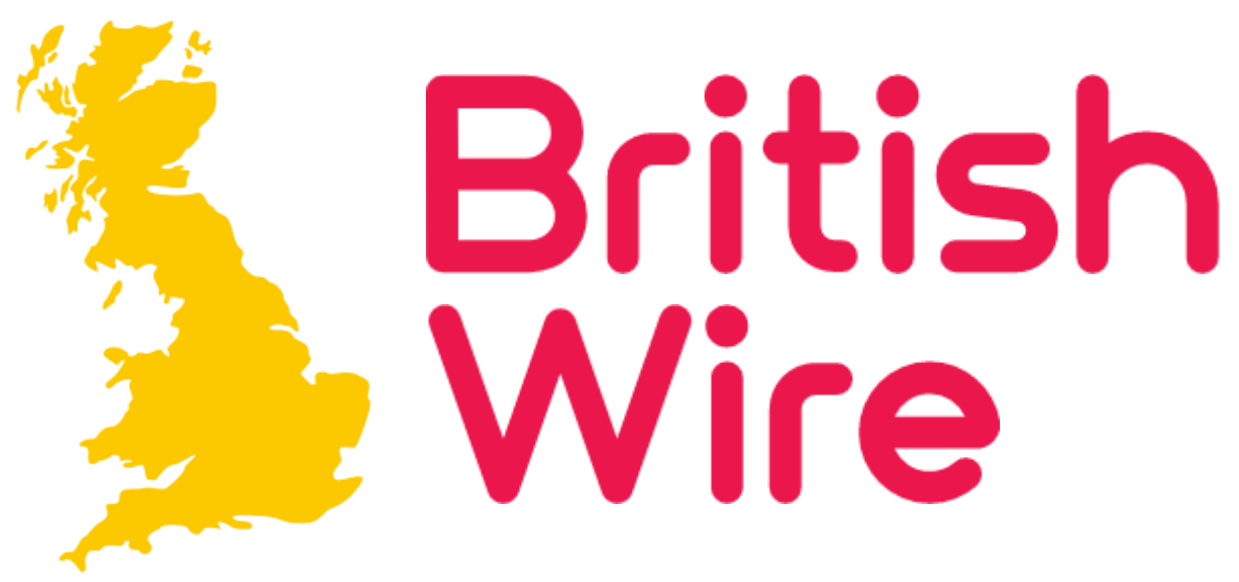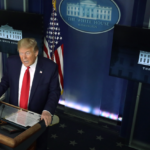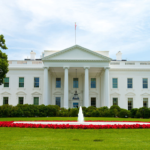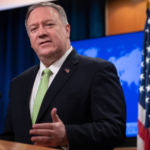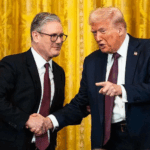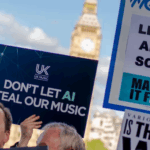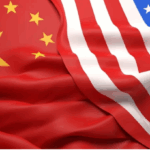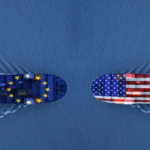Recent comments by U.S. Vice-President JD Vance expressing optimism about a UK-US trade agreement have raised questions about what form such a “deal” might actually take, as transatlantic relations become increasingly complicated by new American tariffs and shifting global priorities.
Following Prime Minister Sir Keir Starmer’s visit to the White House earlier this year, UK officials described ongoing talks not as a full-fledged free trade agreement, but as an “economic deal” — a term carefully chosen to manage expectations. That distinction suggests a narrower focus, likely centred on cooperation in science, technology, and artificial intelligence, rather than a sweeping trade pact covering goods and services.
During Donald Trump’s first term, UK-US trade negotiations made considerable headway until contentious issues like food safety standards and drug pricing stalled progress. Trump’s administration was also closely watching how closely the UK would adhere to EU regulations post-Brexit.
Now, as Trump pushes ahead with his “reciprocal tariffs” policy during his second term, the landscape has become even more challenging. A new 10% blanket tariff on UK imports has been introduced — part of a wider move impacting nearly all U.S. trading partners. While the UK enjoys a trade surplus with the U.S., the White House has indicated that the 10% levy is non-negotiable, despite protests from British officials.
“The UK finds itself in a uniquely tough spot,” said one UK trade expert. “Unlike East Asian countries, which are primarily concerned about keeping the tariff to 10%, Britain is being penalised despite having no trade deficit and minimal risk of diverting exports.”
The UK’s influential automotive sector is especially affected, with car exports now facing a 25% U.S. tariff. Simultaneously, British digital policies — including the so-called “tech tax” and the Online Safety Act — have become points of contention in the bilateral relationship.
Meanwhile, the UK is also engaged in sensitive post-Brexit reset negotiations with the EU, with hopes of reducing red tape on food and agricultural exports. Sources suggest both London and Brussels are aiming for a “high ambition-high alignment” deal. The U.S. has shown interest in this process before, and some analysts speculate Washington might seek to link UK-EU regulatory alignment with broader trade negotiations.
Geopolitical considerations further complicate matters. U.S. officials have repeatedly signalled a desire for allies to join efforts to contain China economically — raising concerns in London that Britain may be pressured to take sides in a global trade divide.
Ironically, the current financial instability in the U.S., especially surrounding government debt markets, could provide the UK with unexpected leverage. Analysts suggest Washington may now need fast, low-friction trade wins with trusted allies like the UK to shore up economic confidence.
“The UK may have more negotiating power than it realises,” one senior diplomat observed. “But the question is whether the government will choose to use it.”
